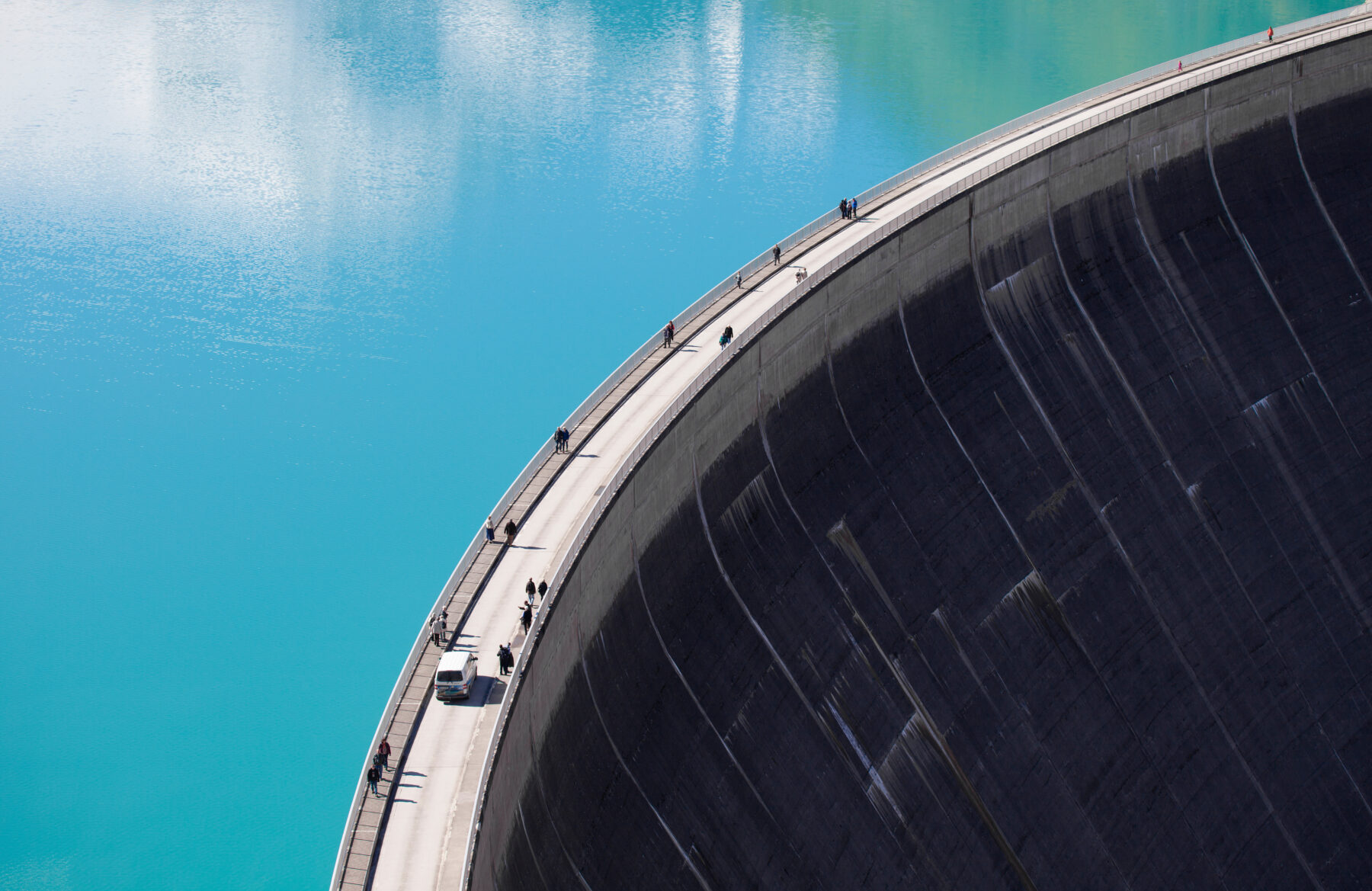Engineering Efficiency and Reliability in Water Dams with Ready-Mix Concrete
September 4, 2025

Water dams are engineered to stand against pressure, movement, and time. They secure drinking water, control flooding, power turbines, and allow entire regions to run smoothly. All of this is impossible without materials that provide both precision and strength. Ready-mix concrete has become central to dam construction because it streamlines the building process while producing a structure strong enough to last for generations.
Meeting the Demands of Large-Scale Construction
A dam consumes concrete on a scale few projects can match. Pours stretch for hours, sometimes days, with thousands of yards placed in sequence. Ready-mix brings order to that scale. Produced in controlled plants, every load arrives measured to exact proportions, removing uncertainty and keeping each placement consistent with the last. The advantage is the timing. Deliveries can be coordinated to match placement schedules, so work doesn’t have to pause, and cold joints never compromise the broader structure. That efficiency is what allows massive structures to take shape without compromising important project schedules or sacrificing structural integrity.
Built for Durability and Performance
Dams endure immense challenges including constant water pressure, shifting temperatures, and chemical exposure from soil and runoff. Ready-mix concrete is engineered to meet these demands with precision. High-strength formulations minimize the risk of cracking under heavy loads, while additives such as air entrainment protect against freeze-thaw cycles in colder regions.
Another defining advantage is permeability control. Concrete tailored to resist water intrusion maintains a solid structure from within. By cutting down on seepage and internal stress, it ensures a dam holds its strength over decades.
Managing Heat in Mass Concrete
Dam construction involves massive pours, and with that scale comes the challenge of heat generation as the concrete cures. Excessive heat can cause cracking, which threatens long-term performance. Ready-mix concrete addresses this with mix designs engineered to control temperature rise. By adjusting cement content, incorporating supplementary materials, and delivering consistent quality to every load, ready-mix helps regulate internal temperatures. The result is a structure that cures evenly, resists thermal stress, and maintains the integrity expected of a dam.
Sustainability in Dam Construction
The conversation around dams has shifted. Projects must account for environmental impact because performance alone is no longer enough. Ready-mix concrete contributes to that shift. Many producers incorporate supplementary cementitious materials such as fly ash or slag, which cut down on the carbon footprint while improving durability.
Batching is another important aspect of efficiency. Centralized production reduces waste and ensures that every ingredient is used purposefully. Pair that with the long service life of concrete dams, and the material becomes a cornerstone of sustainable infrastructure. Stronger structures that last longer mean fewer rebuilds, fewer repairs, and less resource strain.
Precision and Reliability Through Technology
Technology has tightened the margin of error in concrete production. Automated batching systems measure every component, while testing verifies strength and performance before the trucks ever leave the plant. For dam construction, where risk tolerance is close to zero, that control is non-negotiable. This precision provides contractors and engineers confidence in their timelines and in the finished product. Knowing the mix will perform as designed takes uncertainty out of the equation which is as important to the process as the concrete itself.
The value of ready-mix concrete in dam construction reveals itself in the efficiency of the build, the durability of the finished structure, and the sustainability of the process. Few materials can check all three boxes as effectively. Dams built with ready-mix stand as long-term investments in water management, energy generation, and community safety. They are infrastructure designed to meet the immediate need, while also delivering security well into the future, anchored by concrete and engineered to endure.

